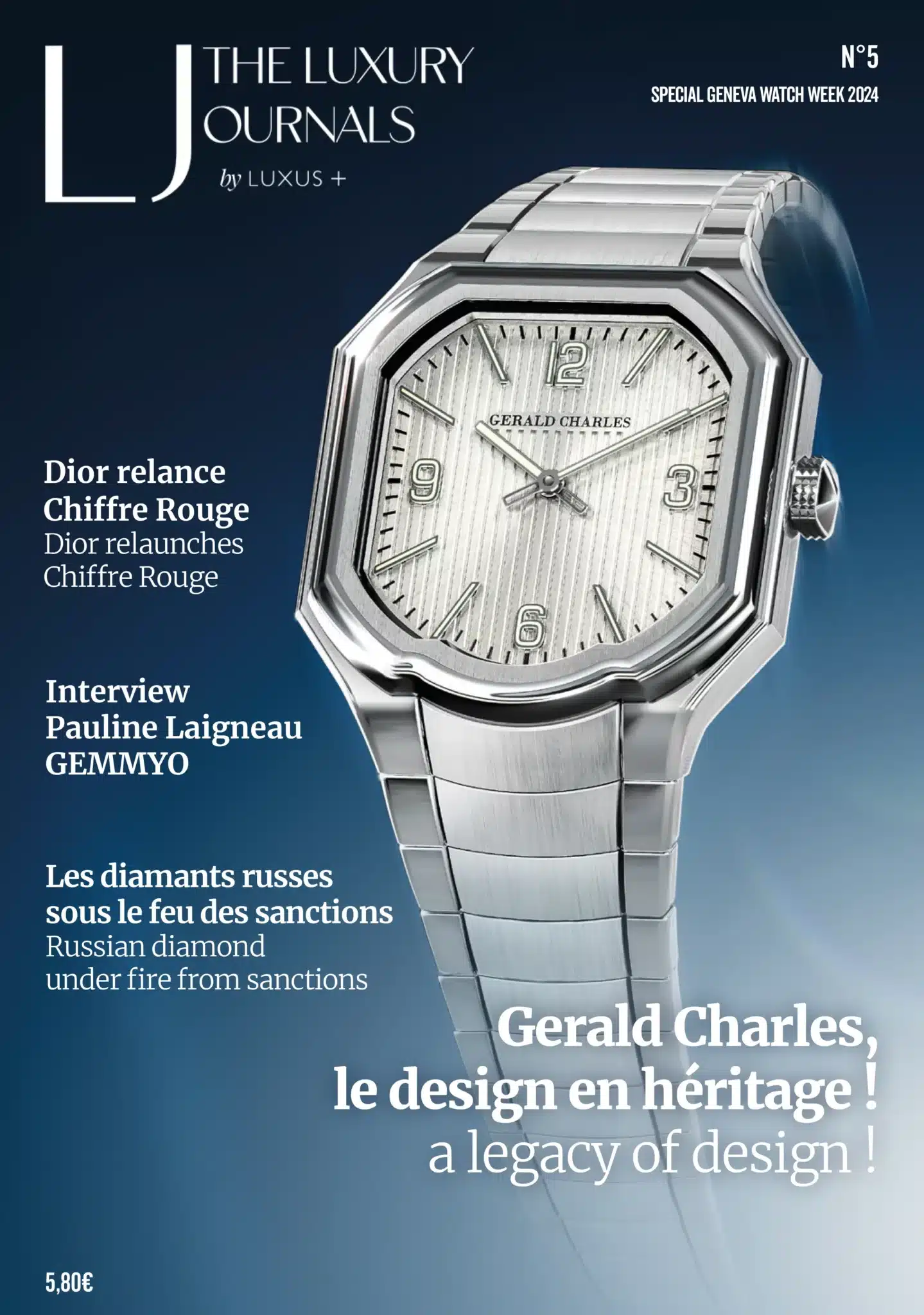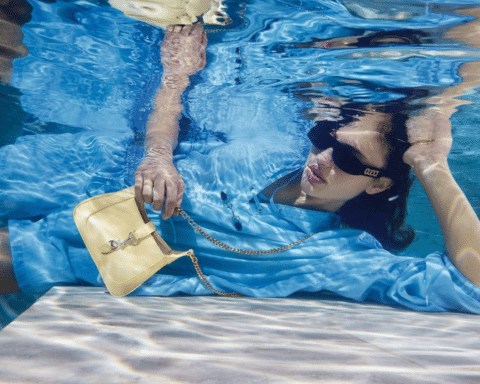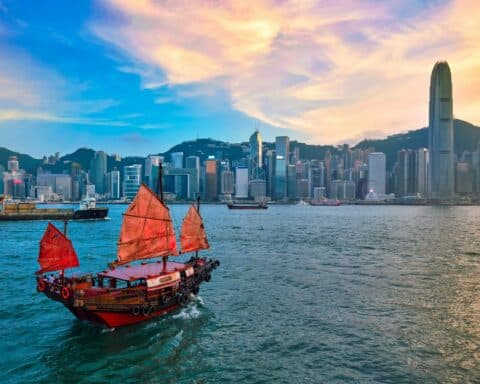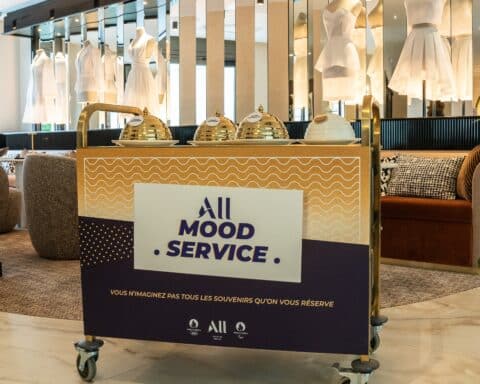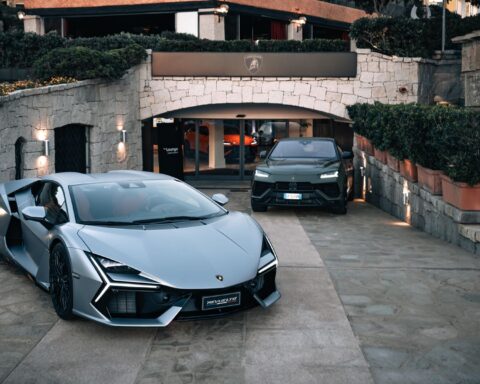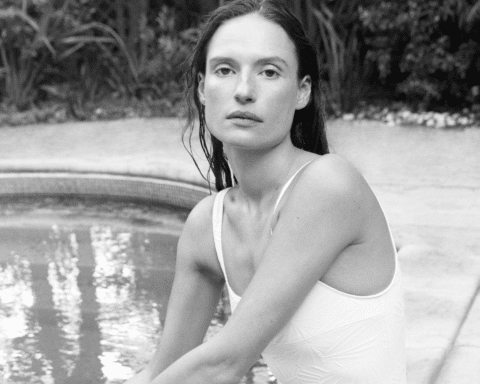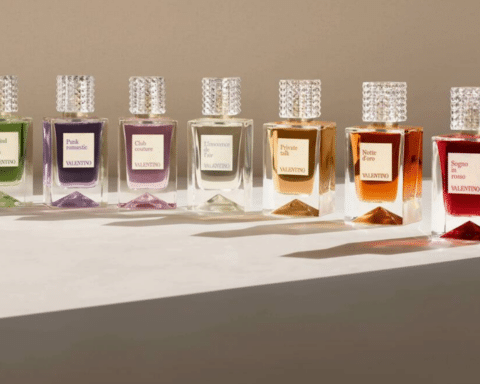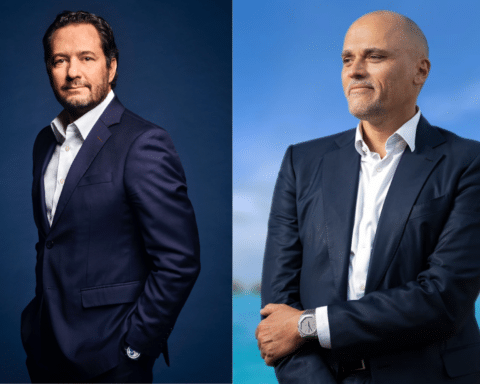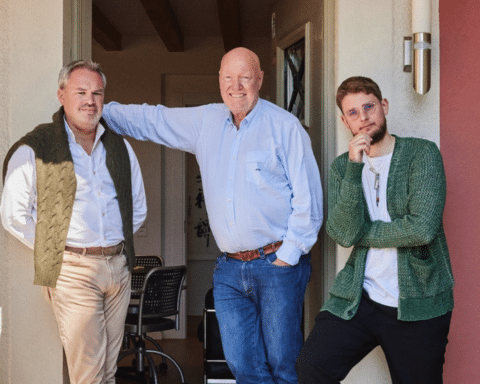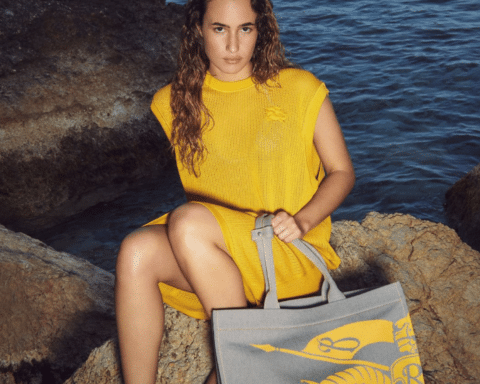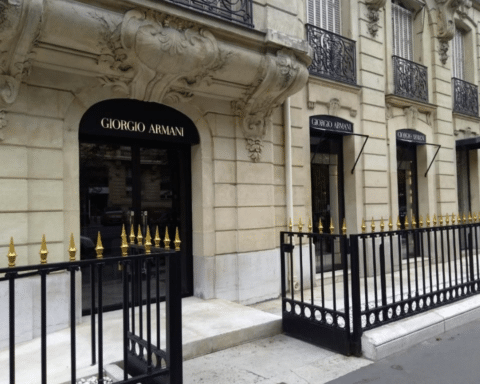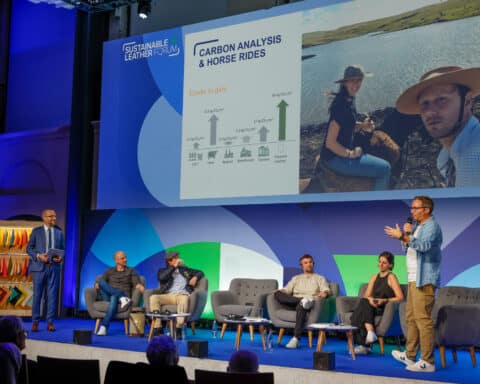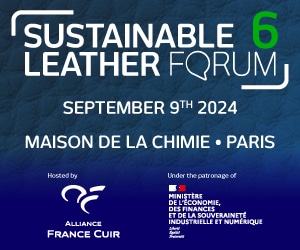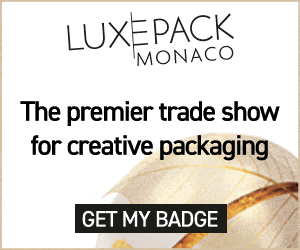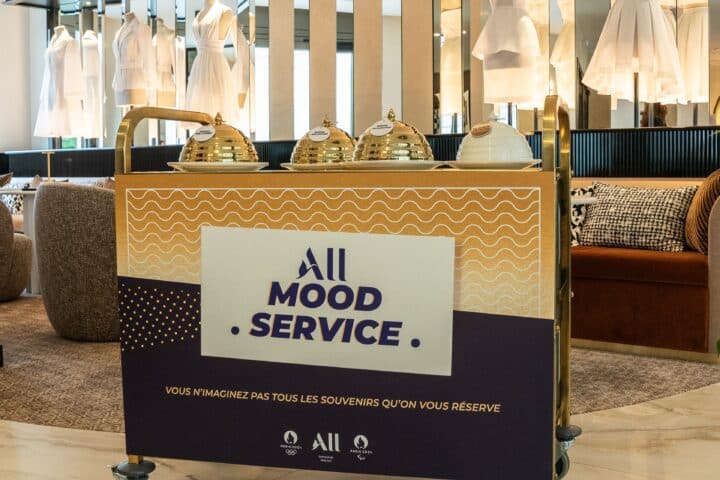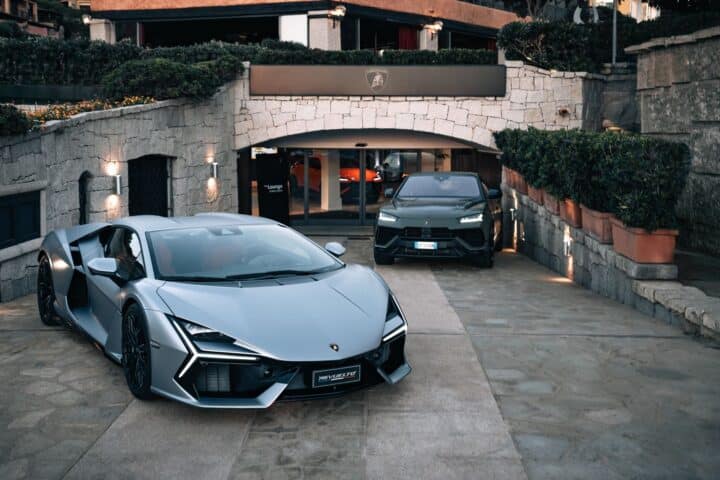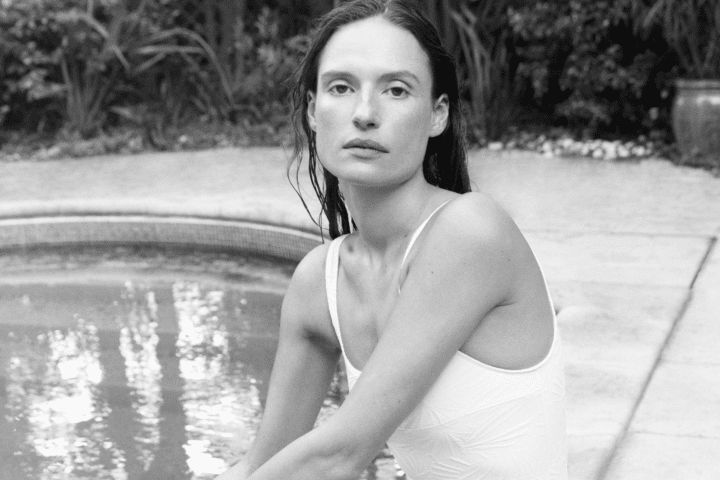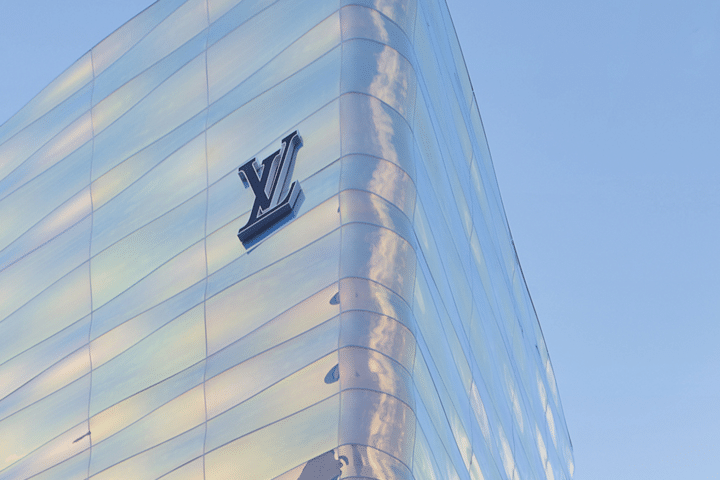[vc_row njt-role=”people-in-the-roles” njt-role-user-roles=”administrator,editor,author,armember”][vc_column][vc_column_text]
As one of the world’s largest consumers of luxury goods, South Korea is a magnet for luxury brands. This strategic attraction can be measured by the number of stores opening in the country, with concepts unheard of in the West. The region is now considered an essential gateway for any expansion in Asia.
Here, we’ll see that this land of contrasts is conquered first and foremost by ever more spectacular stores, but also by a digital world that’s ever more immersive and open to the world.
Continuation and conclusion of our fascinating exploration of this market, a veritable South Asian UFO.
The Asian pre-test
As we saw earlier, Koreans cultivate a strong appetite for novelty, and are among the world’s biggest spenders on luxury goods, and the most pro-luxury in Asia.
Although hyper-connected, they remain, like their Chinese neighbors, particularly attached to physical points of sale.
It’s no coincidence that some of Asia’s most innovative retail and hospitality concepts, such as the Louis Vuitton and Fendi restaurants that have chosen Seoul as their base, are being launched in Korea and Japan.
Pascale Elmalan (A.X.I.A.N Partners) considers that “this allows the brand to showcase its universe, and Korea excels in this exercise, ever since it has hosted numerous pop-up stores. If there’s one place where you can’t just offer standard Western-style stores and paper advertising, it’s here.”

She sees the country as a kind of “Asian pre-test”. A way of exploring cultural dimensions, testing a product in development or even a universe, and refining the proposition over time.
For our expert on Asia’s intercultural differences, the Gentle Monster sunglasses and optics brand perfectly embodies this avant-garde approach. Launched in Seoul in 2011 by Hankook Kim, Gentle Monster is world-renowned for its immersive, futuristic store concepts. Each with its own theme related to the four elements. An unusual universe that has seduced major luxury brands for capsule collections such as Fendi in 2019.
As she reminds us, “Through its instagrammable concept stores, Gentle Monster promotes not products but a brand with an identity that will be used in many other fields, whether in art, catering or the video and digital universe.”
Bought by Estée Lauder in 2019, Dr. Jart+ is another brand to stand out from the crowd in Korea – this time in beauty – through its retail outlets: “When you go into their stores, they have their own very playful way of talking to you about moisturizing in a universe that is again very Instagrammable.”
A pioneer in the fabric mask and BB Cream market, Dr. Jart+’s flagship store in Seoul’s Garosu-Gil district also offers an unusual universe for its product category. Here, the décor reflects the DNA of this dermatology-focused brand, founded in 2004 and inspired by art and culture. Visitors enter what design agency Betwin Space Design describes as a “Filter Space”, translating two key ideas: purification and cleansing. To give shape to the project, the company drew inspiration from heating, ventilation and air-conditioning systems.
Another reason why luxury brands are so attracted to this country is that customer acquisition costs are much lower than in mature markets such as China.
For Joëlle de Montgolfier (Bain), “if China has been the luxury Eldorado for ten years, Korea remains the market in which to establish yourself if you want to succeed in Japan and increasingly in China. The United States and China are huge markets for luxury goods, but they are still very expensive to bring to life.”
A land of contrasts
More than anywhere else, extreme modernity rubs shoulders with nature, to the extent that natural beauty and transparency are notions that have the wind in their sails.
Such is the case with beauty giant Amore Pacific’s Innisfree brand, which offers an oasis of calm and greenery in the heart of Seoul’s Myeondong district. Here, the brand evokes memories of the origin of its natural ingredients: the mythical island of Jeju. The beauty brand also offers a Green Cafe where you can enjoy drinks and cakes inspired by the brand’s formulations.
Sulwhasoo, another Amore Pacific’s brand, even offers a range of wellness services behind the gilded gates of its flagship store, including ginseng massages.
Based on the principle of ancestral local medicine, the aim is to treat the problem before it arises. It’s a kind of double-sightedness that contrasts with American medicine, which only treats once a problem has been detected.
Since 2014, Koreans have had their own national “Yuka” (from the name of a French mobile app enabling the same function): 글로우픽 (GLOWPICK), a rating and evaluation app developed by Glowdayz for beauty products. This concept is not limited to digital, as Glowpick’s best-selling products can also be found in stores.
Korea is also home to one of Asia’s most dynamic social networks: Zepeto.
Last March, the platform claimed to have more than 300 million active users. Or should we say female users? 70% are women aged 13 to 24. A preferred location for brands looking for first-time buyers, such as luxury goods.
Owned by the giant Naver, it’s an immersive 3D universe where users move around with their cartoonish avatars, open to the world, like Korean culture.
Indeed, according to data presented by its parent company in February, key markets in terms of usage include China, Korea, Japan, Indonesia, Thailand, the USA, France, Saudi Arabia, Brazil and Vietnam. These are all priority targets for luxury brands. Many of them have already tried the experiment, including Dior, Gucci, Ralph Lauren, Louboutin and, most recently, AMI Paris.
The latter – like Louboutin – reaffirmed its Parisian roots by showing a postcard Paris with an unobstructed view of the Sacré-Coeur, the site of the brand’s previous physical fashion show.
All these uses perfectly reflect the country’s holistic vision of innovation.
South Korea is a forward-looking nation, for whom a brand is first and foremost a customer experience and a universe to be experienced in the store. It’s a country where people are keen to try new things and experiment, which translates into a strong appetite for unusual concepts.
Here, individuals seeking niche brands coexist with others reassured by the international aura of certain emblematic brands.
This contrast is mirrored in street fashion, where you can find both a daring young guard and supporters of the age-old tradition of hanbok.
There’s one genre whose growing sphere of influence extends far beyond Asia, and which embodies all this cultural diversity, at once fiercely identifiable and modeled on the tastes of both the West and its close neighbors: K-pop.
At this year’s Coachella art and music festival, the BlackPink women’s quartet created a sensation with their stage outfits, a mix of contemporary designer wear and ancestral local dress.
This world of entertainment, which has given rise to numerous vocations in the country and a desire for elsewhere among tourists from the Western world, is also increasingly at the heart of retail strategies, in addition to merchandising.
This is how KWANGYA, originally a creative studio for the metaverse and now a fully-fledged universe of SM Entertainment – the leading K-pop production studio – came to materialize as a retail outlet reinventing the experience of music fans. Opening in October 2022, the space promises to bring fans closer to their Idols through virtual reality.
This misidentified hybrid cultural object known as Hallyu will be the focus of our next investigation, the first episode of which will be published this Friday.
Featured photo : © Dr. Jart+ [/vc_column_text][/vc_column][/vc_row][vc_row njt-role=”not-logged-in”][vc_column][vc_column_text]
As one of the world’s largest consumers of luxury goods, South Korea is a magnet for luxury brands. This strategic attraction can be measured by the number of stores opening in the country, with concepts unheard of in the West. The region is now considered an essential gateway for any expansion in Asia.
Here, we’ll see that this land of contrasts is conquered first and foremost by ever more spectacular stores, but also by a digital world that’s ever more immersive and open to the world.
Continuation and conclusion of our fascinating exploration of this market, a veritable South Asian UFO.
The Asian pre-test
As we saw earlier, Koreans cultivate a strong appetite for novelty, and are among the world’s biggest spenders on luxury goods, and the most pro-luxury in Asia.
Although hyper-connected, they remain, like their Chinese neighbors, particularly attached to physical points of sale.
It’s no coincidence that some of Asia’s most innovative retail and hospitality concepts, such as the Louis Vuitton and Fendi restaurants that have chosen Seoul as their base, are being launched in Korea and Japan.
Pascale Elmalan (A.X.I.A.N Partners) considers that “this allows the brand to showcase its universe, and Korea excels in this exercise, ever since it has hosted numerous pop-up stores. If there’s one place where you can’t just offer standard Western-style stores and paper advertising, it’s here.”

She sees the country as a kind of “Asian pre-test”. A way of exploring cultural dimensions, testing a product in development or even a universe, and refining the proposition over time.
For our expert on Asia’s intercultural differences, the Gentle Monster sunglasses and optics brand perfectly embodies this avant-garde approach.
[…][/vc_column_text][vc_cta h2=”This article is reserved for subscribers.” h2_font_container=”tag:h2|font_size:16|text_align:left” h2_use_theme_fonts=”yes” h4=”Subscribe now !” h4_font_container=”tag:h2|font_size:32|text_align:left|line_height:bas” h4_use_theme_fonts=”yes” txt_align=”center” color=”black” add_button=”right” btn_title=”I SUBSCRIBE !” btn_color=”danger” btn_size=”lg” btn_align=”center” use_custom_fonts_h2=”true” use_custom_fonts_h4=”true” btn_button_block=”true” btn_custom_onclick=”true” btn_link=”url:https%3A%2F%2Fluxus-plus.com%2Fen%2Fsubscriptions-and-newsletter-special-offer-valid-until-september-30-2020-2-2%2F”]Get unlimited access to all articles and live a new reading experience, preview contents, exclusive newsletters…
Already have an account ? Please log in.
[/vc_cta][vc_column_text]Featured photo : © Press[/vc_column_text][/vc_column][/vc_row][vc_row njt-role=”people-in-the-roles” njt-role-user-roles=”subscriber,customer”][vc_column][vc_column_text]
As one of the world’s largest consumers of luxury goods, South Korea is a magnet for luxury brands. This strategic attraction can be measured by the number of stores opening in the country, with concepts unheard of in the West. The region is now considered an essential gateway for any expansion in Asia.
Here, we’ll see that this land of contrasts is conquered first and foremost by ever more spectacular stores, but also by a digital world that’s ever more immersive and open to the world.
Continuation and conclusion of our fascinating exploration of this market, a veritable South Asian UFO.
The Asian pre-test
As we saw earlier, Koreans cultivate a strong appetite for novelty, and are among the world’s biggest spenders on luxury goods, and the most pro-luxury in Asia.
Although hyper-connected, they remain, like their Chinese neighbors, particularly attached to physical points of sale.
It’s no coincidence that some of Asia’s most innovative retail and hospitality concepts, such as the Louis Vuitton and Fendi restaurants that have chosen Seoul as their base, are being launched in Korea and Japan.
Pascale Elmalan (A.X.I.A.N Partners) considers that “this allows the brand to showcase its universe, and Korea excels in this exercise, ever since it has hosted numerous pop-up stores. If there’s one place where you can’t just offer standard Western-style stores and paper advertising, it’s here.”

She sees the country as a kind of “Asian pre-test”. A way of exploring cultural dimensions, testing a product in development or even a universe, and refining the proposition over time.
For our expert on Asia’s intercultural differences, the Gentle Monster sunglasses and optics brand perfectly embodies this avant-garde approach.
[…][/vc_column_text][vc_cta h2=”This article is reserved for subscribers.” h2_font_container=”tag:h2|font_size:16|text_align:left” h2_use_theme_fonts=”yes” h4=”Subscribe now !” h4_font_container=”tag:h2|font_size:32|text_align:left|line_height:bas” h4_use_theme_fonts=”yes” txt_align=”center” color=”black” add_button=”right” btn_title=”I SUBSCRIBE !” btn_color=”danger” btn_size=”lg” btn_align=”center” use_custom_fonts_h2=”true” use_custom_fonts_h4=”true” btn_button_block=”true” btn_custom_onclick=”true” btn_link=”url:https%3A%2F%2Fluxus-plus.com%2Fen%2Fsubscriptions-and-newsletter-special-offer-valid-until-september-30-2020-2-2%2F”]Get unlimited access to all articles and live a new reading experience, preview contents, exclusive newsletters…
Already have an account ? Please log in.
[/vc_cta][vc_column_text]Featured photo : © Press [/vc_column_text][/vc_column][/vc_row]


